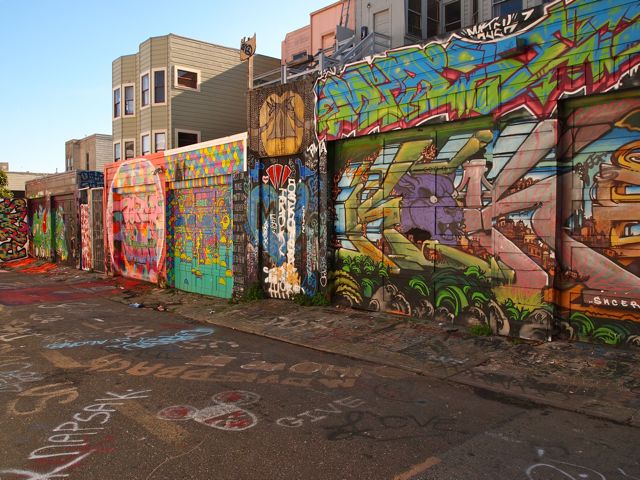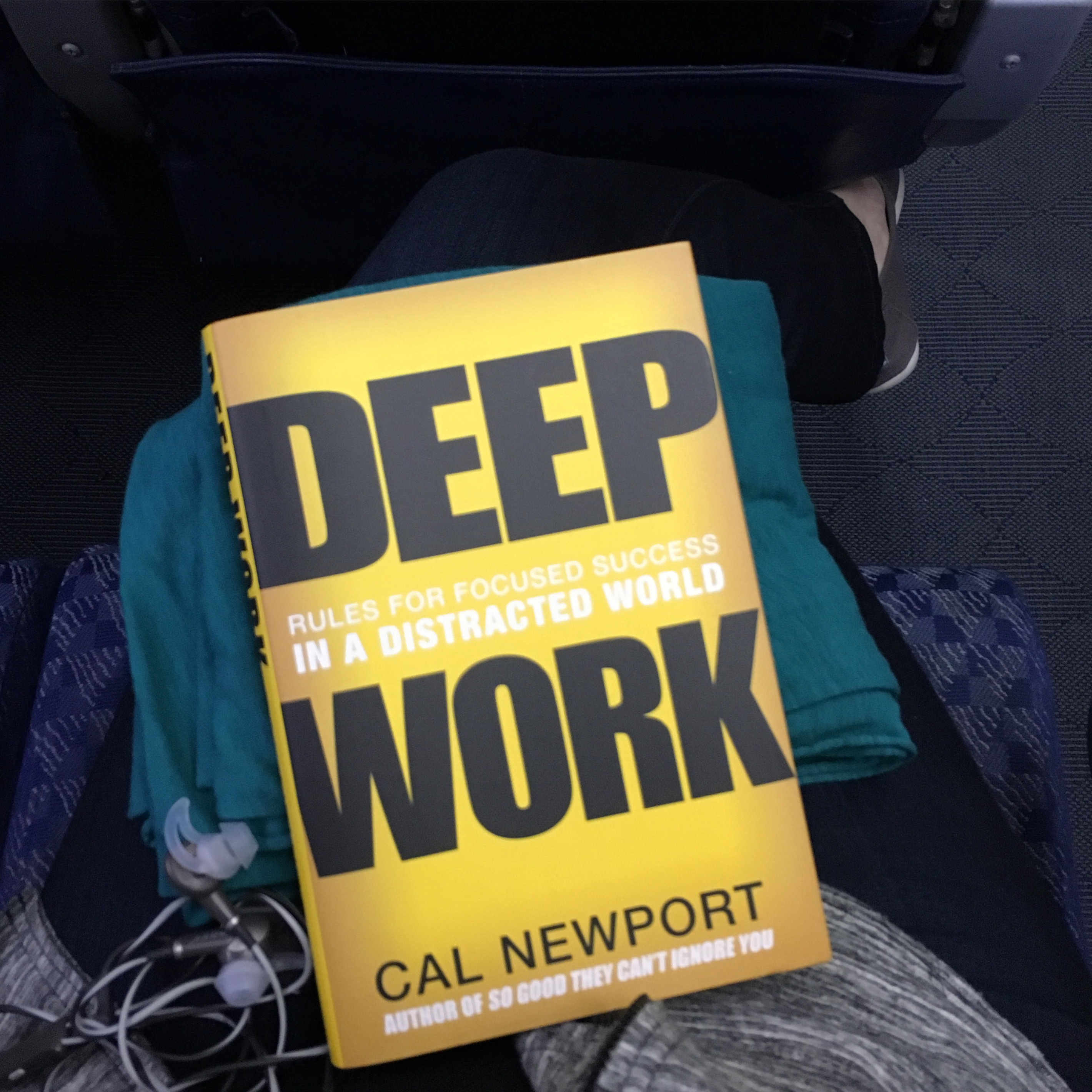Much like the assassins bullets that tipped off World War I, the flames that engulfed the body of twenty-six year old Mohamed Bouazizi, a fruit vendor living in Tunsia, on Dec. 17, 2010 tipped off a wave of revolution in Tunisia and throughout the Arab world.
As a response to the country’s rampant corruption, Bousazizi’s self-immolation served as a symbol of the desperation felt by millions throughout the Arab world. It brought public shame on the face President Ben Ali’s regime and touched off protests that ultimately led to his ouster.
While I followed the Arab Spring and the tsunami of news stories it produced pretty closely, I only became more familiar with Bouazizi’s role after reading Rock the Casbah: Rage and Rebellion Across the Islamic World, by Robin Wright. Bouazizi’s story was one of those moments where the full weight of the Tunisia’s problems were obvious and people could no longer sit by without doing something. Moments like these are when the change happens because people’s fear fades away.
I stumbled across the mural above memorializing Bouazizi in Clarion Alley while exploring the streets of The Mission, a neighborhood in San Francisco that’s filled with Central American flavor and lots of hipster hangouts. It was among a number of amazing murals that fill the whole alley (below).

To me this seemed like an entirely appropriate place to honor Bouazizi who (after exhausting all other channels) took his grievances publicly to the street, and it made me curious to find out a little bit more about the man behind the martyr.
I didn’t have to go far. The first page of Google results turned up a great article called The Real Mohamed Bouazizi, published in Foreign Policy magazine. The authors conducted three months of research in Sidi Bouzid, the small town when Bouazizi lived, including interviews with his friends and family members. Here are a few excerpts:
“As is so often the case with political martyrs, Bouazizi means strikingly different things to different people. To some he’s a generic symbol of the resistance to injustice; to others an archetype of the fight against autocracy.”
“The Bouazizi we uncovered is a far more modest and straightforward figure than many of his admirers would presume. He was an apolitical family man, respected by his peers.”
“Above all, he was a repressed entrepreneur — which is why Bouazizi’s death resonated so strongly and became a unifying force across the culturally, politically, and religiously diverse Arab world, from Morocco to Syria. For decades, market economies have been growing in the Middle East and North Africa, albeit in the shadows of the law. The ILD has estimated that 50 percent of the region’s entrepreneurs operate outside the law. They share Bouazizi’s desire to prosper — and his despair in the face of the insurmountable obstacles in their way.”
The extralegal economy exists as a survival tactic and an end run around the corruption and bureaucracy that prevents them from becoming legal. The article estimates that 100 million Arabs across the region work in this extralegal limbo.
It’s hard to imagine the constant fear that would bring to your life, worrying that today would be the day when the local official confiscated my merchandise or evicted me from the space where I work day in and day out supporting my family. Despite education and hard work, their outcome is uncertain at best.
Pair that extralegal limbo with the huge number of young people coming of age in the Arab world and it makes the Arab Spring seem inevitable, doesn’t it?
—
Need more information?
- The Real Mohamed Bouazizi, Foreign Policy Magazine
- Precita Eyes Mural Tours in the Mission, San Francisco
Photos: All Mine
